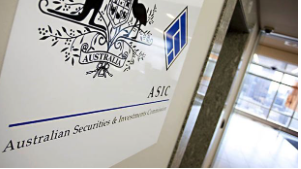In November 2018 the government released draft regulations with the aim of reducing the financial reporting burden for some proprietary companies by increasing the thresholds for determining what constitutes a large proprietary company under the Corporations Act.
 ‘Large’ proprietary companies are in general required to prepare, have audited, and lodge a financial report with ASIC each financial year.
‘Large’ proprietary companies are in general required to prepare, have audited, and lodge a financial report with ASIC each financial year.
Proposed New Thresholds & Implementation Timeframe
The draft regulations will change the definition of what constitutes a ‘large’ proprietary company by raising the financial reporting thresholds. As it stands, a company is considered ‘large’ for ASIC reporting purposes if they meet at least two of the three thresholds within a given financial year:
- $25 million or more in consolidated revenue
- $12.5 million or more in consolidated gross assets, or
- 50 or more employees
The draft regulation proposes to double these thresholds to $50m consolidated revenue, $25m consolidated gross assets and 100 or more employees.
It is proposed that the revised Regulation will commence from 1 July 2019 and apply to financial years beginning on or after 1 July 2019. June 2019 year ends will be under the old limits, June 2020 year ends will apply the new limits.
Impacts of the proposals
Approximately 2,200 out of 6,600 proprietary companies that are currently ‘large’ will no longer be classified as ‘large’ and will therefore no longer be required to report and place their accounts on the public record. The Government estimates the changes would reduce regulatory costs by $81.3 million annually, an average saving of $36,950 per company.
Small proprietary companies will still be required by law to keep written financial records and may be required to prepare or audit financial reports if directed by ASIC or 5% or more of their shareholders.

